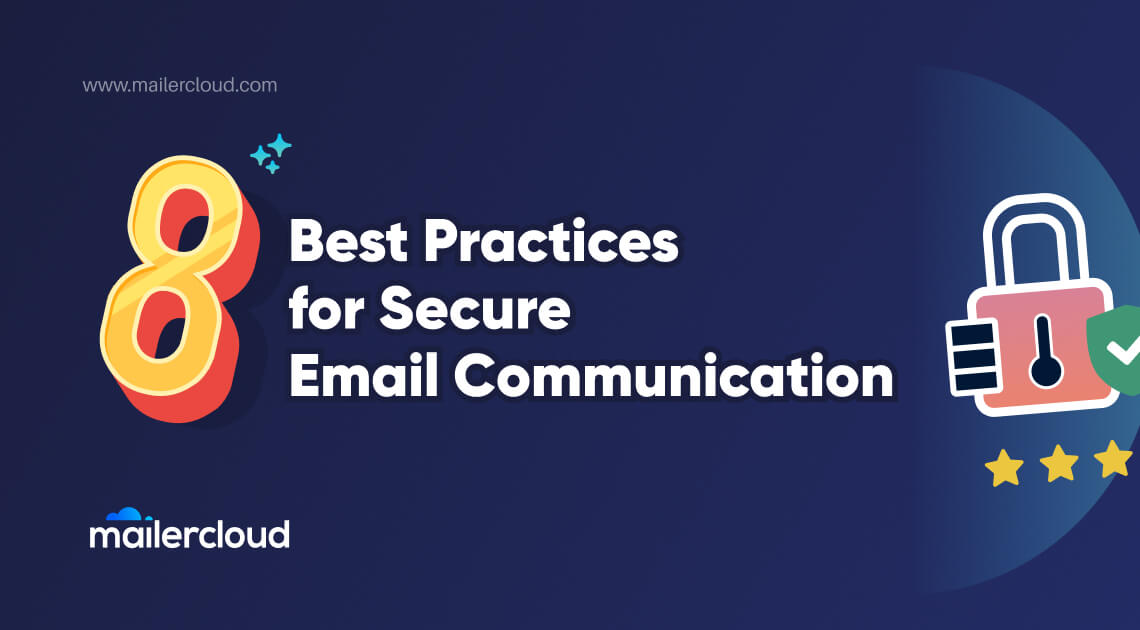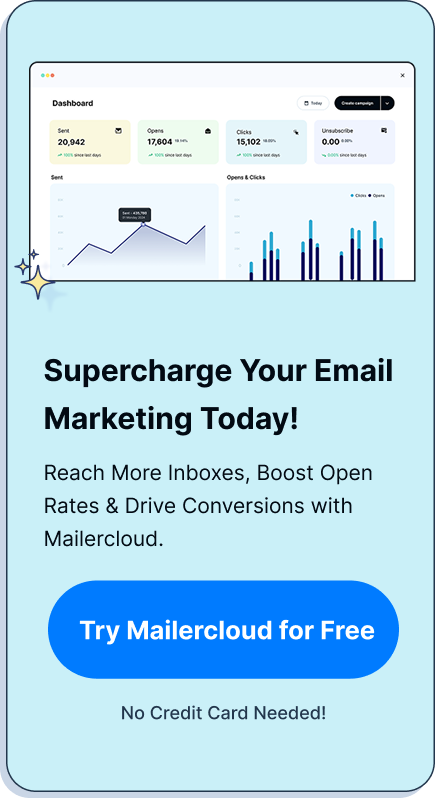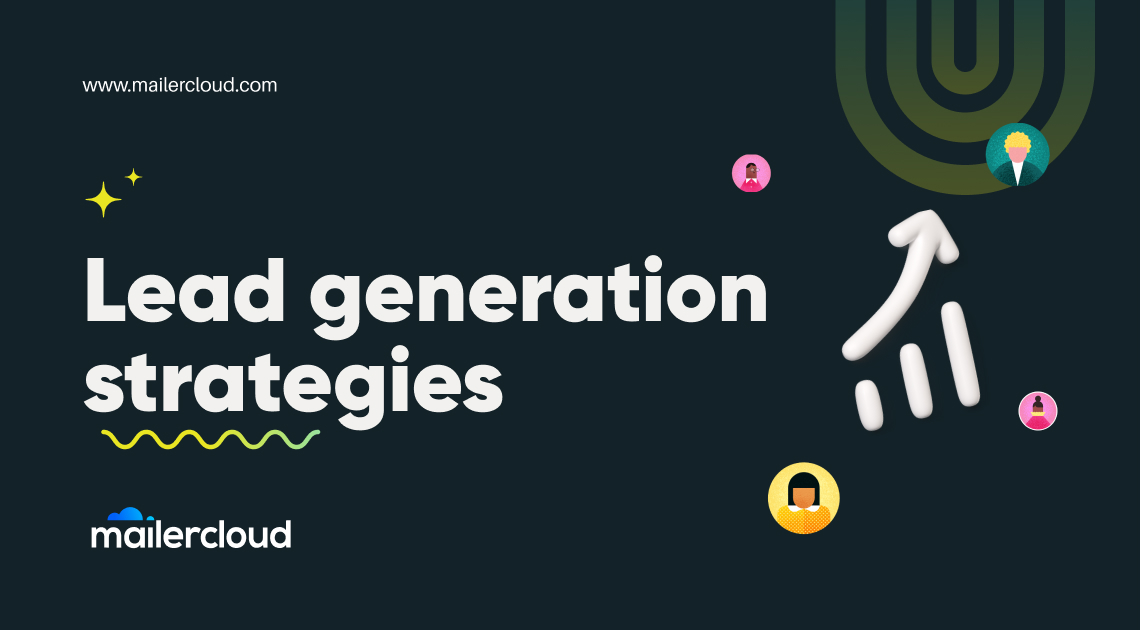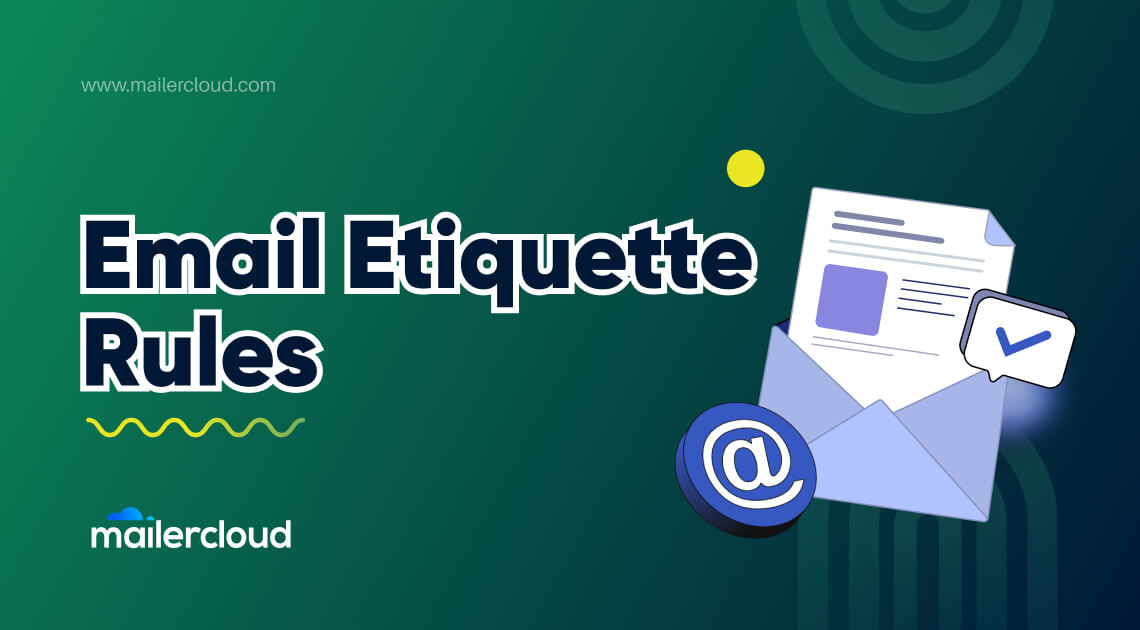In today’s interconnected environment, safeguarding sensitive information is more critical than ever. Whether you’re an individual securing personal data or a business protecting critical information, this guide equips you with the essential knowledge for strengthening your email communications
Table of Contents
What is Email Security
Email security refers to the set of measures and practices put in place to protect the confidentiality, integrity, and availability of email communication. Given that email is a widely used communication channel for personal and business information, ensuring its security is crucial to prevent unauthorized access, data breaches, and other cyber threats.
Importance of Email Security
In 2022, Trend Micro™ Cloud App Security found nearly 40 million high-risk email threats, emphasizing the need for organizations to make email security a top priority. Email security involves strategies and actions designed to safeguard the confidentiality and accessibility of email messages and attachments. Here’s why it’s essential:
- Confidentiality of Information: Email often contains private and sensitive data. Without proper security, this information could be accessed by unauthorized individuals, leading to identity theft, fraud, or other harmful outcomes.
- Preventing Data Breaches: Email compromises can lead to data breaches, exposing sensitive data and harming an organization’s reputation. In fact, In 2022, there was a 4% increase in phishing attacks targeting the theft of information and data, a type known as “credential phishing,” with nearly 7 million instances detected. Therefore strong email security measures reduce the risk of such breaches.
- Business Continuity: Businesses rely on email for various purposes, including recruiting templates, communication with clients, and internal team collaboration. Email security plays a crucial role in ensuring uninterrupted communication, and preventing disruptions that could impact operations and customer trust.
- Enabling Secure Remote Work: As remote work becomes more common, email becomes a primary communication tool. Secure email practices enable employees to communicate and collaborate securely from remote locations, protecting sensitive data, minimizing remote work security risks, and maintaining productivity.
Understanding Email Security Threats
Email security best practices are essential to protect your email communications from various threats. Here are some key best practices:
8 Email Security Best Practices
1. Implementing Strong Authentication
In the context of email security, strong password management is crucial to safeguarding your email accounts from unauthorized access and potential breaches. It involves adopting practices that make it difficult for cybercriminals to guess or crack your passwords.
When creating passwords for your email accounts, it’s important to ensure they are complex and not easily guessable. A complex password includes the following characteristics:
- Length: Opt for passwords that are at least 12 characters long. Longer passwords are harder to crack.
- Variety: Use a mix of different character types, such as uppercase letters, lowercase letters, numbers, and special symbols. This diversity increases the complexity of the password.
- Uniqueness: Use a different password for each of your accounts. Reusing passwords across multiple accounts can lead to widespread security vulnerabilities if one password is compromised.
Implementing Multi-Factor Authentication (MFA):
Multi-factor authentication (MFA) adds an additional layer of security to your email accounts by requiring multiple forms of verification to access your account. It goes beyond just a password to make it significantly more challenging for unauthorized individuals to gain access.
- First Factor (Something You Know): This is your password, which only you should know.
- Second Factor (Something You Have): This involves a second verification step, often using a device you possess. It could be a smartphone with an authentication app that generates a unique code.
- Third Factor (Something You Are): While not always used, some advanced systems may incorporate biometric factors like fingerprints or facial recognition for added security.
When you enable MFA for your email account, even if someone manages to steal your password, they would still need access to your second-factor device to gain entry. This greatly reduces the risk of unauthorized access, as it’s much harder for attackers to breach both factors simultaneously.
Secure Email Communication for Organizations:
Securing email communications is essential to ensure that the information you send and receive via email remains confidential and protected from unauthorized access. This practice involves several strategies to enhance the security of your email exchanges.
- Encryption and SSL/TLS: Encryption is a process of encoding information so that only authorized parties can understand it. In the context of email, encryption ensures that the content of your emails is unreadable to anyone intercepting the messages.
- Avoiding Sending Sensitive Information via Email: While encryption adds a layer of protection, it’s still best to avoid sending highly sensitive or confidential information via email whenever possible. This includes details like passwords, financial information, or personal identification numbers. Instead, consider alternative methods such as secure file-sharing platforms or encrypted messaging apps for sensitive content. Additionally, make sure your personal devices are secure because no level of encryption can protect your communication if there’s a tracker on your phone intercepting it.
- Using Secure Email Platforms: Opting for secure email platforms and services significantly enhances the overall security of your email communications. This is where Mailercloud comes in, it can enhance email marketing efforts with a focus on security.
MailerCloud employs strong encryption protocols to protect the data being transmitted between your system and its servers. This ensures that sensitive information such as email content, recipient lists, and user credentials are secure from unauthorized access. Moreover, it also complies with email marketing regulations like the CAN-SPAM Act and GDPR.
Ensuring Anti-Malware and Anti-Spam Measures
Implementing anti-malware and anti-spam solutions is a critical aspect of email security. These solutions help protect your email accounts from malicious software (malware) and unwanted spam messages, both of which can lead to security breaches, data loss, and other harmful consequences.
Reliable security software, often referred to as antivirus or anti-malware software, helps identify and eliminate harmful software that can be attached to or embedded within email messages. Here’s how this step enhances your email security:
- Real-time Scanning: Good security software actively scans incoming and outgoing emails in real-time, identifying and securing attachments or links that contain malware or suspicious content.
- Behavioral Analysis: Some advanced security software employs behavioral analysis to identify potentially malicious behavior within emails, attachments, or links. This is especially important for iPhone users, as the best antivirus solutions for iPhones often integrate behavioral analysis to detect suspicious activities. By monitoring and analyzing patterns of behavior, these solutions can proactively identify and block threats before they compromise your device.
- Regular Software Updates: Regular software updates are a crucial component of email security. Keeping both your email clients and operating systems up to date helps safeguard your email communications and personal information from various security vulnerabilities and threats. App security testing can prioritize which updates to apply first by revealing high-risk issues in the apps you rely on most.
In a nutshell, email clients are the applications or programs you use to access and manage your email accounts. Operating systems (e.g., Windows, macOS, Linux) provide the foundational software environment for your computer or device. Here are two reasons why keeping them updated is vital:
- Bug Fixes: Updates also include fixes for bugs and glitches that could potentially impact the stability and functionality of your email client.
- Compatibility: New versions of email clients and operating systems are designed to work seamlessly with the latest security features and protocols.
Securing Wi-Fi Connections
Securing Wi-Fi connections is a critical component of overall email security. Wi-Fi networks are common targets for cyberattacks, and a compromised Wi-Fi connection can lead to unauthorized access to your email accounts and sensitive information.
Key Steps to Secure Wi-Fi Connections:
- Strong Passwords for Wi-Fi Network: Ensure that your Wi-Fi router is protected by a strong and unique password. This prevents unauthorized individuals from gaining access to your network.
- Change Default Credentials: Change the default username and password for your Wi-Fi router’s admin interface. Default credentials are well-known and can make your network vulnerable to attacks.
- Use WPA3 Encryption: Set up your Wi-Fi network with the latest encryption standard, such as WPA3 (Wi-Fi Protected Access 3). Encryption ensures that data transmitted between your device and the router is secure and cannot be easily intercepted.
- Public Wi-Fi Caution: When using public Wi-Fi networks, exercise caution. Avoid accessing sensitive email accounts or conducting important transactions on open or unsecured networks.
- Secure Remote Management: If your router supports remote management, make sure it’s securely configured with a strong password and accessed over a secure connection.
Employee Training and Awareness
Educating employees and users about email security is a proactive approach to minimizing risks and threats associated with email-based attacks. This practice empowers individuals to recognize potential dangers and take appropriate actions to protect themselves and their organizations.
Security awareness training involves educating employees and users about the various email security threats and how to identify and respond to them. This training can cover the following areas:
- Phishing Awareness: Teaching individuals how to recognize phishing emails, which often try to trick recipients into revealing sensitive information or clicking on malicious links.
- Social Engineering: Raising awareness about social engineering tactics used by attackers to manipulate users into taking certain actions, such as sharing confidential data or opening malicious attachments.
- Safe Email Practices: Educate users about safe email practices, including not clicking on unknown links or downloading attachments from unfamiliar sources.
Secure File Sharing via Email
Email attachments are a common method of sharing files and information. However, they can also pose security risks if not handled properly. Implementing secure file attachment practices helps ensure the safety and integrity of your email communications.
Therefore, before opening any email attachment, it’s important to scan it for potential malware or harmful software. Attachments can contain malicious code that can weaken your system’s security. To protect against this, use reliable antivirus software to scan attachments automatically. This helps prevent malware from infecting your devices when you open the attachment.
Moreover, for sensitive information, it’s a good practice to add an extra layer of security by password-protecting attachments. This involves encrypting the file with a password that you share separately with the recipient. When they receive the email, they’ll need the password to open the attachment. By using this approach, you add a safeguard against unauthorized access to sensitive content, even if someone gains access to the email. For sharing highly confidential files such as contracts, consider utilizing a platform to send documents securely.
Types of Email Security
Four different types of Email Security
1. Encryption:
Encryption involves encoding the content of an email in a way that only authorized recipients can understand. This process adds a layer of security to emails by making it extremely difficult for unauthorized individuals to intercept and read the message. There are two main types of email encryption:
- Transport Layer Security (TLS): TLS is a protocol that encrypts the communication between email servers during transmission.
- End-to-end Encryption: With end-to-end encryption, the email content is encrypted at the sender’s side and can only be decrypted by the intended recipient.
2. Spam Filters:
Spam filters are email security features designed to identify and filter out potentially harmful email messages, often referred to as “spam.” These filters use various techniques to assess the content, sender, and metadata of emails to determine if they are legitimate or spam.
3. Anti-virus Protection:
Anti-virus protection within the context of email security aims to detect and eliminate malware, viruses, and other malicious attachments that may be sent through email. These malicious attachments can include infected files or links that, when clicked, lead to the installation of malware on the recipient’s device.
4. Access Control and Authentication:
Access control and authentication mechanisms are crucial for ensuring that only authorized individuals have access to email accounts and their associated resources. This helps prevent unauthorized access and account compromises. Two key components of access control and authentication in email security are Strong Passwords and Multi-Factor Authentication (MFA).
Conclusion:
In today’s digital environment, email security is of utmost importance. In this blog, we have outlined key email security best practices to protect your personal and business information.
Let’s quickly recap these key Email securities do’s and don’ts for your takeaway:
Email Security Do’s:
- Use strong, unique passwords.
- Enable two-factor authentication (2FA).
- Encrypt sensitive emails.
- Beware of phishing attempts.
- Keep software updated.
- Educate your team on security.
Email Security Don’ts:
- Avoid clicking on suspicious links.
- Don’t download unverified attachments.
- Never share passwords via email.
- Use caution with public Wi-Fi.
- Avoid weak passwords.
- Be mindful of sharing sensitive information.
By following these guidelines, you can safeguard your email communication, maintain trust, and contribute to a more secure digital environment.
Aditya is the head of content at clearinfo and is responsible for improving the site’s organic visibility. He is a certified SEO trainer and has worked with SaaS companies and startups to enhance their digital marketing presence. He is also an ahref fanboy. You can connect with him on Twitter, and LinkedIn.

































